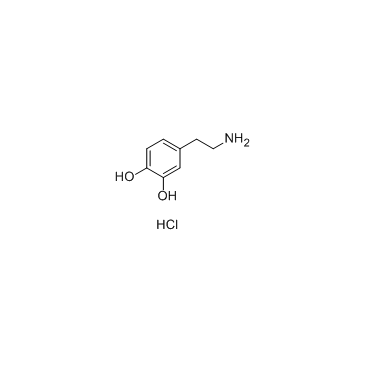| Structure | Name/CAS No. | Articles |
|---|---|---|
 |
Dopamine hydrochloride
CAS:62-31-7 |
|
 |
amphetamine
CAS:300-62-9 |